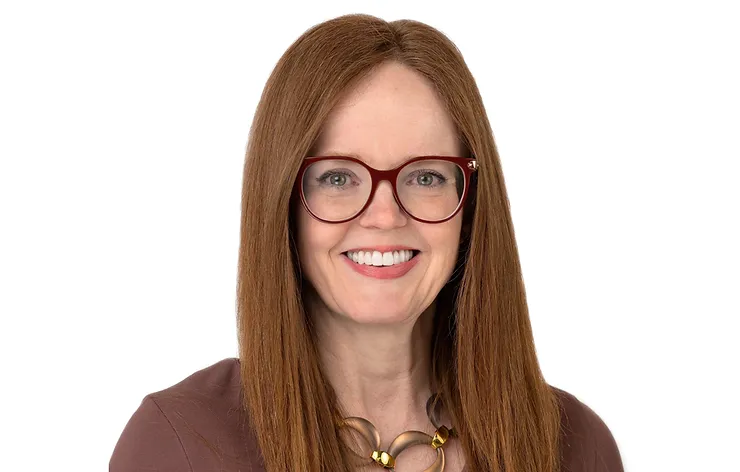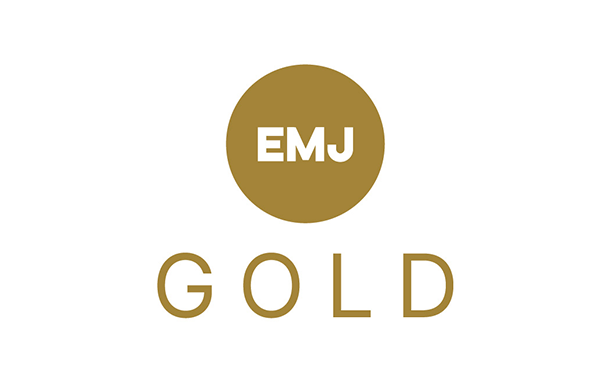Mary Pinder-Schenck is the Vice President and Head, Global Oncology Medical Affairs, Daiichi Sankyo. She spoke to us about the evolution she has witnessed in oncology throughout her career, what she predicts for the future of the field, and the legacy she wants to create at Daiichi Sankyo
Interview by GOLD
After studying medicine at Stanford University, you immediately specialised in oncology and cancer care. Why did you decide to pursue a career in this therapeutic area?
When I was 11, my grandmother died of metastatic breast cancer, and it was a devastating loss for our family. Seeing her suffer from cancer and the treatments that were available then (this was in the 1980s) had a huge impact on me. At the time, I did not articulate that properly, even to myself, but it remained in the background. When I started studying medicine, I immediately gravitated towards oncology. For me, there was no greater privilege than helping a patient and their family through that journey, even if we did not have a lot to offer, as was the case when I first started. During my training, we could see a glimpse, a little light at the end of the tunnel, that soon we were going to have better therapies. From a patient care and scientific discovery perspective, I felt like something better was around the corner, and I really wanted to be a part of that.
You joined Daiichi Sankyo only this year. How do you hope to shape Daiichi Sankyo’s future?
I am so happy to have joined Daiichi Sankyo at this time. We are starting to realise the clinical potential of antibody drug conjugates and the opportunity we have to impact thousands of lives. Oncology has never been more complex than it is at this time in history. Firstly, I want to ensure medical affairs have the benefit of speaking to healthcare professionals and patient advocacy groups. Our most important job is to bring as many diverse patient and HCP voices into the company as we can. That way, we can inform and accelerate clinical trials so that they can better serve patients. A secondary focus is about outward communication. Are we communicating our science clearly and helping HCPs make decisions for their patients? Innovation should allow us to share and represent data in a way that makes sense, is scientifically accurate, and enables HCPs to effectively adjust their clinical practice. In terms of shaping Daiichi Sankyo’s future, I want us to have the greatest impact on the largest number of patients through our innovations and the way that we interact with HCPs and the healthcare community.
How can the pharmaceutical industry rectify and reverse the delays within oncology that were caused by the COVID-19 crisis?
During the pandemic, we certainly saw an impact on oncology. Daiichi Sankyo had a coordinated response to try to mitigate this, but now that we’ve had time to adjust, I think this could be a real opportunity for the industry. COVID-19 forced us to think differently about clinical trials. We figured out ways that we could be more efficient. For example, the adoption of de-centralised trials was spurred on by the pandemic. Now, we can harness that innovation to make up for the lost ground.
I want us to have the greatest impact on the largest number of patients through our innovations
During your time working within oncology, how have the treatment options available to patients evolved?
I started medical school in 1997 and the change in the way that we treat cancer patients is almost unrecognisable. Interview Firstly, there is much better efficacy and many more treatments available to patients with cancer. We have also focussed on designing treatments that have less of an impact on a patient’s quality of life and now have drugs to prevent nausea and vomiting from chemotherapy. There is also the personalised medicine revolution. When I first started treating cancer patients, we did not have any biomarkers and all patients were treated with the same chemotherapy. Now, it is routine clinical practice to test every patient’s tumour and tailor treatment accordingly. That has been a huge improvement for patients and has provided therapies that are most likely to benefit them.
What is the biggest hurdle blocking innovation within oncology today?
Innovation is proceeding at the fastest pace that we have ever seen. If we look at approvals of new medications, we set a record every year but, at the same time, that does not mean we could not do better. A current hurdle is making clinical trials more accessible, and ensuring that patients have the resources and education they need to understand whether a trial is right for them. Clinical trial participation is notoriously low and many trials struggle to enrol, which has led to demographic and engagement imbalances. Patients in rural areas do not have the same opportunities as patients who are closer to a city. We also need the ability to explain clinical trials in the patient’s native language. Current disparities mean that clinical trials are not as representative of our patient populations as they should be. We could speed up innovation if we ensured that these trials were accessible to more patients.
What do you foresee as being the most transformative force in oncology over the next 10 years?
The data revolution is what I see as having the greatest potential. We now can collate, curate, and analyse more data than ever before. Soon, we will have the ability to look at real-world data in cancer patients who are undergoing clinical trials globally and use artificial intelligence to mine this data for insights. This is really exciting and we are just starting to see how it will look in practice. Unfortunately, much data goes unused, yet so many patients would love their data to be used to make treatments better for others. I met a tech executive and unfortunately someone in his family was diagnosed with pancreatic cancer. He went through and looked at every single trial out there himself, at their outcomes, and then helped to choose which trial his relative would go on based on his own research. In reality, this information should be available to everybody.






